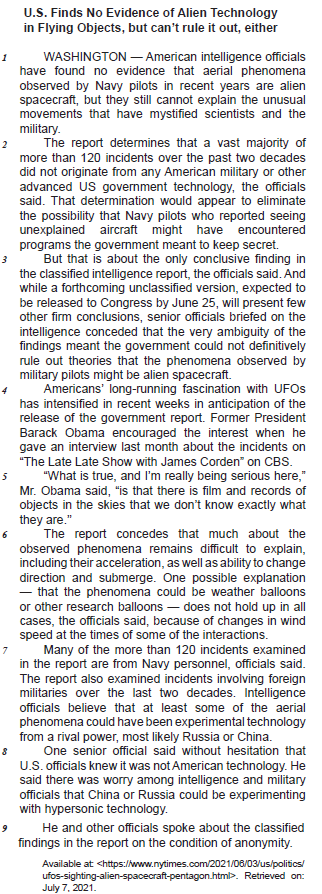Text 1A2-II
Chagas disease, also known as American trypanosomiasis, is a potentially life-threatening illness caused by the protozoan parasite Trypanosoma cruzi. About 6-7 million people worldwide are estimated to be infected with T. cruzi. The disease is found mainly in endemic areas of 21 continental Latin American countries, where it has been mostly transmitted to humans and other mammals by contact with feces or urine of triatomine bugs (vector-borne), known as kissing bugs, among many other popular names, depending on the geographical area.
Chagas disease is named after Carlos Ribeiro Justiniano Chagas, a Brazilian physician and researcher who discovered the disease in 1909. Chagas disease was once entirely confined to continental rural areas of the Region of the Americas (excluding the Caribbean islands). Due to increased population mobility over previous decades, most infected people now live in urban settings and the infection has been increasingly detected in the United States of America, Canada, and many European and some African, Eastern Mediterranean and Western Pacific countries.
Chagas disease’s transmission is caused by T. cruzi parasites, which are mainly transmitted by contact with feces/urine of infected blood-sucking triatomine bugs. Normally they hide during the day and become active at night when they feed on animal blood, including human blood. They usually bite an exposed area of skin such as the face (hence its common name, kissing bug), and the bug defecates or urinates close to the bite. The parasites enter the body when the person instinctively smears the bug’s feces or urine into the bite, other skin breaks, the eyes, or the mouth. T. cruzi can also be transmitted by consumption of food or beverages contaminated with T. cruzi through, for example, contact with feces or urine of infected triatomine bugs or common opossums. This kind of transmission typically causes outbreaks with more severe cases and mortality; passage from an infected mother to her newborn during pregnancy or childbirth; blood or blood product transfusion from infected donors; some organ transplants using organs from infected donors; and laboratory accidents.
Internet: (adapted).
Regarding the transmission of Chagas disease, according to text 1A2-II, judge the following items.
I Blood product transfusion from infected donors can transmit the disease.
II The also called kissing bug’s feces and urine carry the protozoan parasite.
III Infected pregnant women cannot contaminate their babies during pregnancy or childbirth.
IV Contaminated food or drinks can transmit Chagas disease to people.
Choose the correct option.
Based on the previous text, judge the following item.
In the last paragraph, the word “who” refers to “Aladim”.
Based on the text above, judge the following item.
In the sentence “The body of officers representing the civil authority of government is known as police” (first paragraph), the word “representing” could be correctly replaced both with the phrase which represents and which represent, although each option has a slightly different meaning.
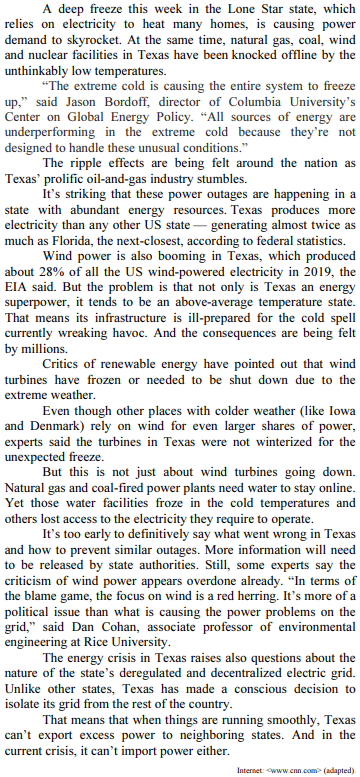
About ideas stated in the text above and the words used in it, judge the following items.
In the last paragraph of the text, “That” refers to the decision by Texas to isolate its energy grid from the rest of the country
In the text fragment of the sixth paragraph “RoboCup Soccer Federation, the “FIFA” of robots, which supports five leagues, imposes restrictions on players’ design and rules of the game”, the word which refers to
In the 2nd paragraph of the text, in the fragment “That determination would appear to eliminate the possibility that Navy pilots who reported seeing unexplained aircraft”, the word who refers to
Complete the sentence below with the correct relative pronoun. Choose the CORRECT answer.

Text for the item.
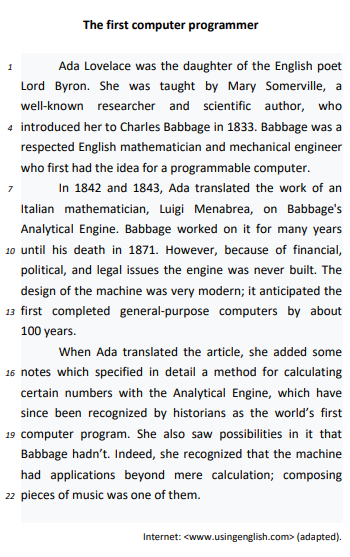
Based on the text, judge the items below. Which can substitute “who”, in “who first had the idea” (line 6).
What is the best pronoun to complete this sentence: “Many places _______ were warmer are now getting colder.” ?
Analyze the sentence below:
I - (…) until she finds a friend who sings back;
II - Scattered ruins and a little cemetery are all which remain of their time;
III - I thought wooden boards were something that left the planet in the '60s.
Observing the use of the relative pronouns, choose the correct option:
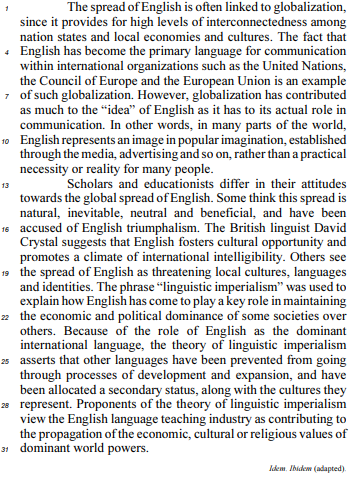
Concerning the previous text and its linguistic aspects, judge the following item.
In the passage “The British linguist David Crystal suggests that English fosters cultural opportunity" (R. 16 and 17), the word “that" can be omitted without this making the sentence grammatically incorrect.
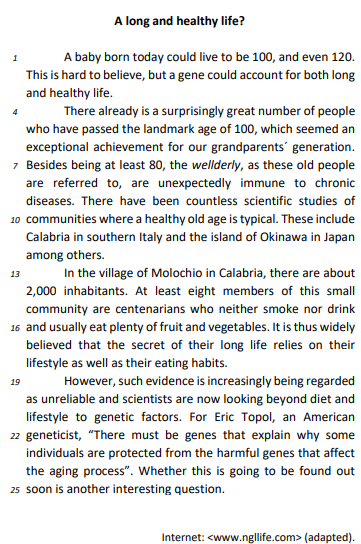
Based on the text, judge the following items.
The relative pronoun which is a correct alternative for “who" in “centenarians who neither smoke nor drink" (line 15).

Based on the text, judge the following items.
“which", in “which seemed an exceptional achievement" (lines 5 and 6), can be correctly replaced by what.
In the sentence “The magazines, which I'm reading, belong to Daisy.", which is a:


